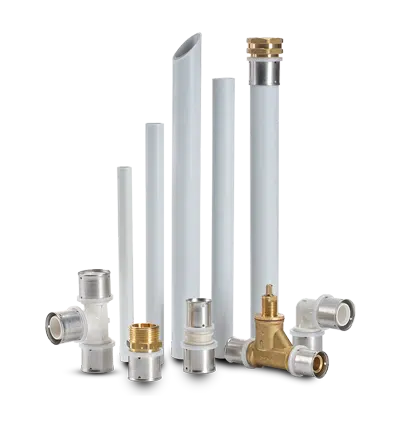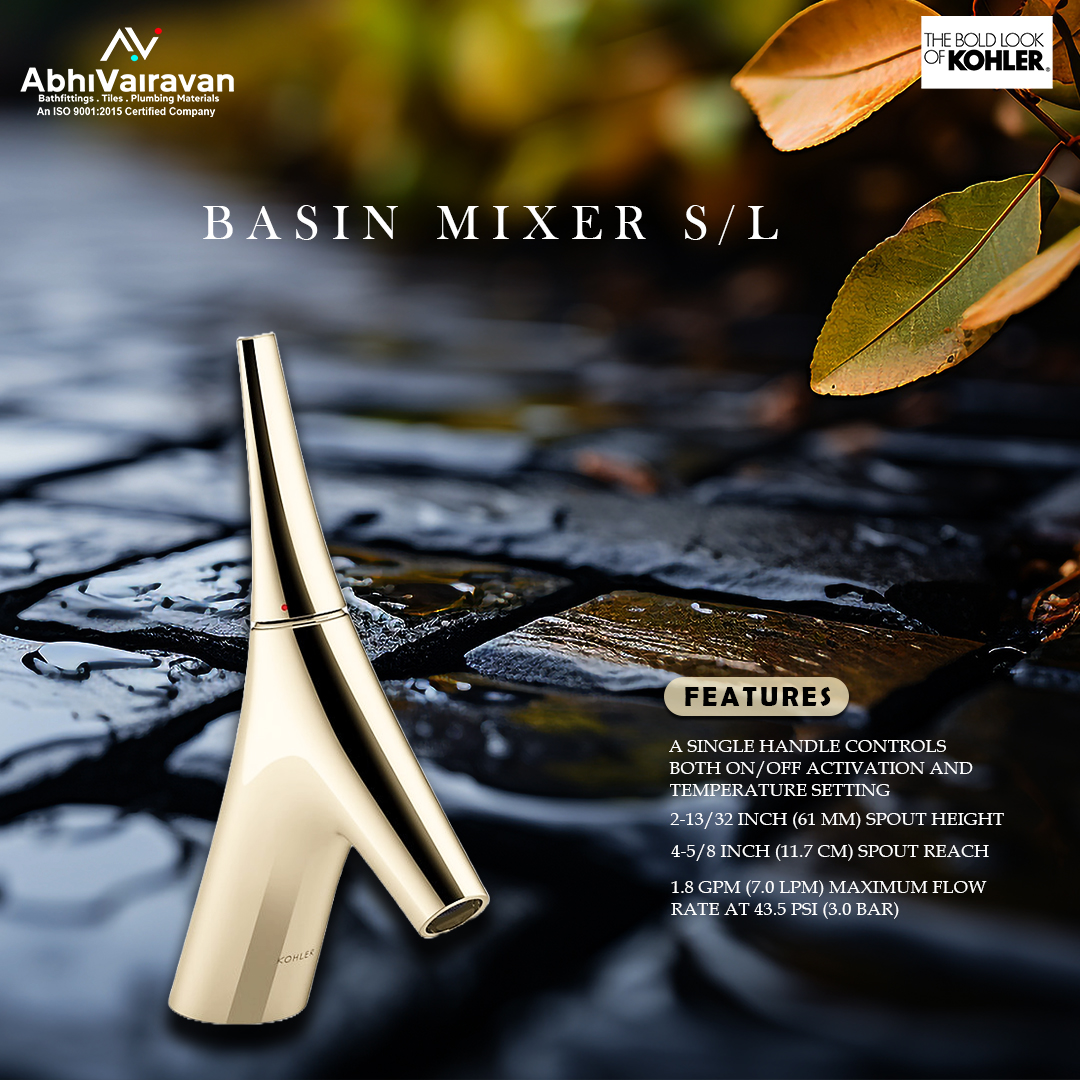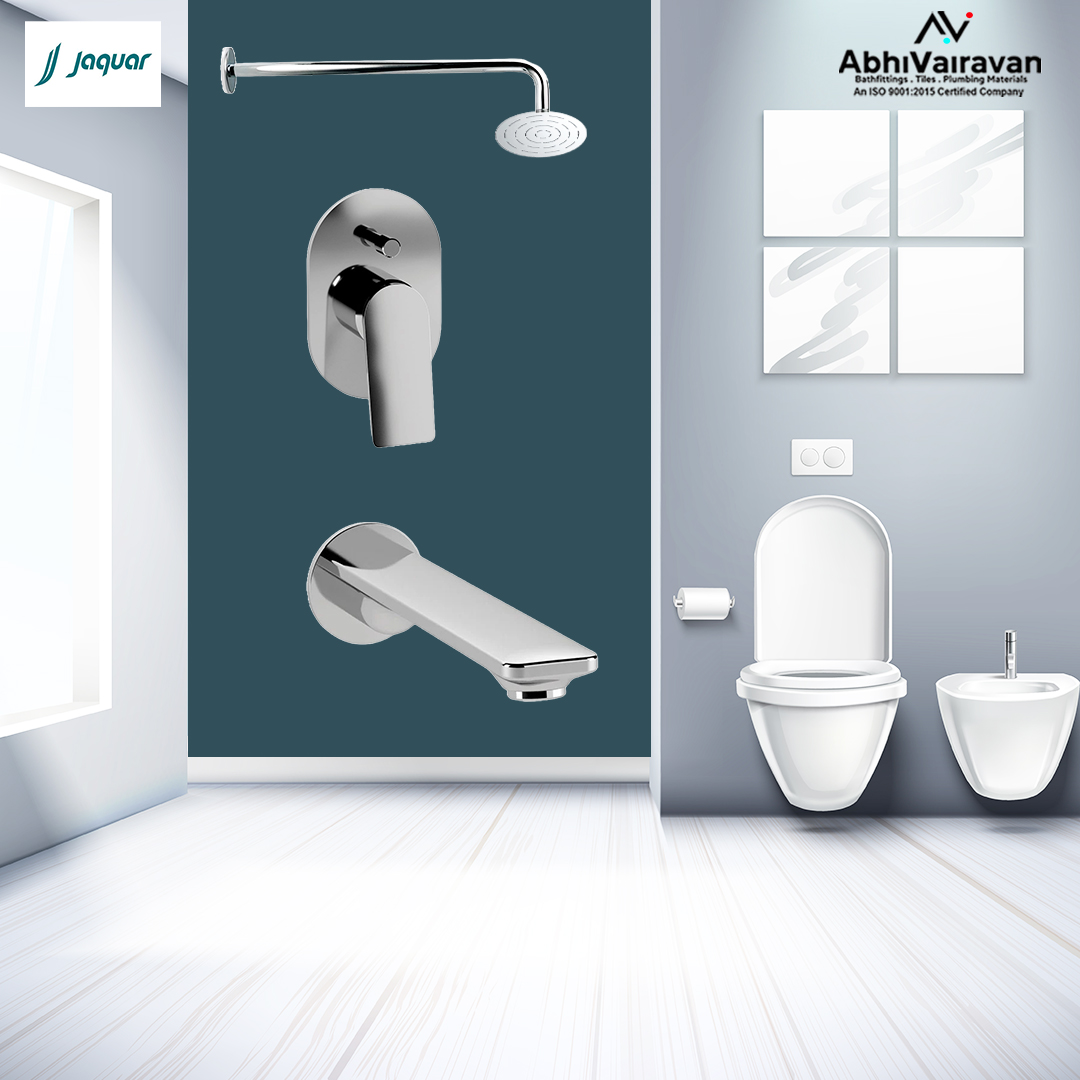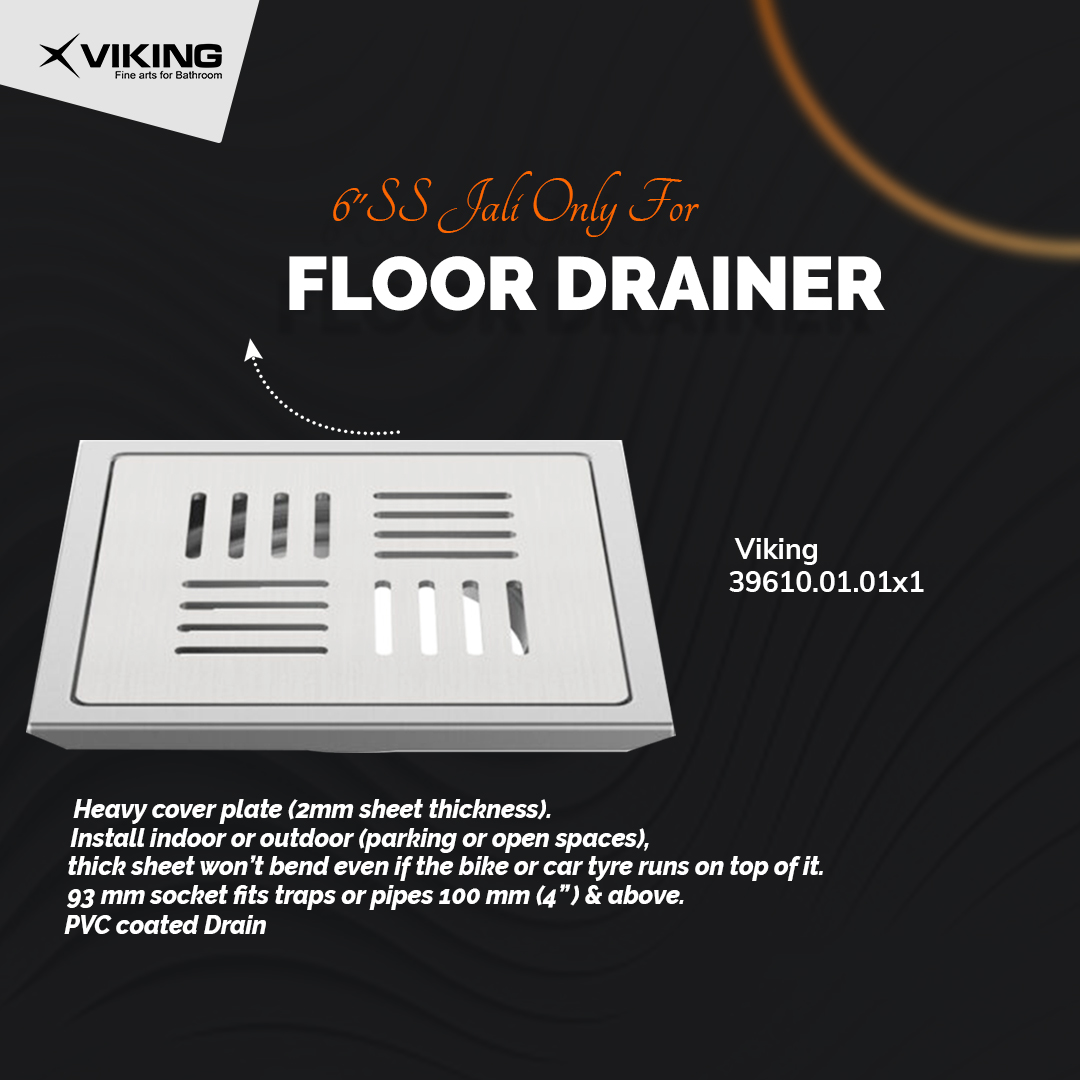
Plumbing Safety Tips: Ensuring Safe and Efficient Plumbing Systems
Plumbing is an essential component of every home or commercial building. It provides access to clean water and ensures the safe disposal of wastewater. However, while many people might view plumbing tasks as straightforward, they can often be hazardous if not approached with care. Whether you are performing minor DIY repairs or hiring professionals, understanding plumbing safety is key to avoiding accidents, water damage, and even serious injuries. In this blog post, we’ll cover comprehensive plumbing safety tips that homeowners, contractors, and DIY enthusiasts should follow to ensure a safe and efficient plumbing system.
1. Know When to Call a Professional
One of the first and most important safety tips in plumbing is recognizing your limits. While some tasks like unclogging a drain or replacing a faucet may seem easy, more complex jobs involving gas lines, sewage systems, or intricate water heater repairs should be left to the professionals. Improper handling of these can lead to gas leaks, contamination, or flooding. Always weigh the potential risks, and if you are unsure about a job, don’t hesitate to call a licensed plumber.

When to Call a Plumber:
Extensive pipe leaks or ruptures
Sewer line issues
Gas line installation or repair
Installation of complex systems like water heaters or sump pumps
Frozen pipes that are inaccessible
2. Turn Off the Water Supply
Before starting any plumbing repair, it’s essential to shut off the water supply to avoid accidental flooding. Water pressure can cause leaks, burst pipes, or water damage if you’re not careful. Most homes have a main water shut-off valve, which controls the entire system. Alternatively, individual fixtures like toilets, sinks, and dishwashers will have their own shut-off valves.
Steps to Turn Off the Water:
Identify the main water supply valve, typically located near the water meter.
Turn the valve clockwise until it stops to cut off water to the house.
Test the water faucets to ensure the supply is fully shut off.
3. Always Wear Protective Gear
Whether you’re dealing with hot water, chemicals, or sharp tools, protective gear is crucial to prevent injuries. Plumbing involves dealing with potentially hazardous substances, and in some cases, even bacteria from sewage systems. Ensure you have the right equipment before starting any plumbing task.
Essential Protective Gear:
Gloves: Use rubber gloves for protection against chemicals and bacteria, and work gloves when handling tools.
Goggles: Protect your eyes from flying debris, chemicals, or water pressure.
Knee Pads: Working in tight spaces or on hard surfaces can be uncomfortable. Knee pads provide cushioning and reduce strain.
Respirator or Mask: In poorly ventilated areas or when dealing with mold and dust, a respirator is vital.
4. Beware of Electricity
Water and electricity are a dangerous combination. Many plumbing tasks may involve appliances or systems that have an electrical component, such as water heaters or sump pumps. Before working on any plumbing system, always ensure that the electricity to the area is turned off.
Key Tips for Electrical Safety:
Always turn off the circuit breaker to the area you’re working in.
Use insulated tools if working near electrical components.
Check for exposed wiring and avoid water near electrical outlets or panels.
5. Use the Right Tools
Plumbing tools are specially designed for specific tasks. Using the wrong tool can not only make a job more difficult but can also lead to injury or damage to the plumbing system. Before beginning a repair or installation, ensure that you have the appropriate tools and know how to use them properly.
Pipe Wrench: A heavy-duty wrench for tightening or loosening pipes and fittings.
Plumber’s Tape (Teflon Tape): Essential for sealing pipe threads and preventing leaks.
Pipe Cutter: Used to cut through pipes cleanly and efficiently.
Plunger: For unclogging toilets and drains.
Basin Wrench: A tool designed specifically for working in tight spaces under sinks.

6. Understand Pipe Materials
Plumbing systems can be made from a variety of materials, including copper, PVC, and PEX. Each material has specific properties, and it’s important to understand the differences to avoid causing damage or using the wrong tools. For instance, using a high-heat torch on a PVC pipe can cause it to melt, while using improper tools on copper can lead to pipe punctures.
Common Pipe Types:
Copper: Durable and often used for water supply lines. Requires soldering for repairs or installation.
PVC (Polyvinyl Chloride): Lightweight and easy to work with but not suitable for high-heat applications.
PEX (Cross-linked Polyethylene): Flexible and easy to install, but care must be taken to avoid kinks.
7. Prevent Backflow Contamination
One critical aspect of plumbing safety is preventing backflow, which occurs when water flows backward into the clean water supply. This can lead to contamination and pose serious health risks. Installing a backflow prevention device ensures that wastewater does not flow back into your home’s water supply.
Backflow Prevention Tips:
- Install backflow preventers on outdoor faucets and sprinkler systems.
- Regularly check and maintain these devices to ensure they are functioning correctly.
- Be aware of any changes in water pressure, which can indicate a backflow issue.
8. Practice Safe Drain Cleaning
Clogged drains are a common plumbing issue, but using harsh chemical drain cleaners can damage your pipes and be hazardous to your health. Whenever possible, opt for safer, non-chemical methods to clear drains, such as a plunger, plumber’s snake, or a mixture of baking soda and vinegar.
Safe Drain Cleaning Methods:
Plunger: Creates pressure to dislodge clogs.
Plumber’s Snake: A flexible tool that can reach deep into pipes to remove blockages.
Natural Cleaners: A mixture of baking soda and vinegar can dissolve minor clogs without harmful chemicals.
9. Know How to Handle Gas Lines
If your plumbing project involves working near gas lines, such as with a water heater or furnace, it’s critical to be aware of the potential hazards. Gas leaks can lead to fires or explosions, and they require immediate attention. If you smell gas or suspect a leak, evacuate the area immediately and contact a professional.
Gas Line Safety Tips:
- Never attempt to repair or install gas lines yourself.
- Regularly inspect gas lines for signs of corrosion or leaks.
- Install a carbon monoxide detector near gas appliances.
10. Regularly Maintain Plumbing Systems
Preventative maintenance is key to avoiding plumbing emergencies. Regularly inspecting and maintaining your plumbing system can help catch small issues before they become costly repairs.
Plumbing Maintenance Tips:
Inspect for Leaks: Regularly check under sinks, around toilets, and near water heaters for signs of leaks.
Flush Drains: Periodically flush drains with hot water and natural cleaners to prevent clogs.
Check Water Pressure: Ensure that water pressure is within a safe range (typically 40-60 psi). High pressure can damage pipes and fixtures.
Monitor Water Heater: Drain your water heater annually to remove sediment buildup, which can affect efficiency and lifespan.

11. Be Aware of Health Hazards
Plumbing systems can be breeding grounds for harmful bacteria, especially in older or improperly maintained systems. Legionella bacteria, for example, can thrive in stagnant water within pipes and water heaters, leading to serious illnesses like Legionnaires’ disease. Regularly maintaining and flushing your plumbing system can help reduce the risk of bacterial growth.
Preventing Health Hazards:
- Set water heaters to at least 120°F (49°C) to kill harmful bacteria.
- Flush water heaters and pipes regularly to prevent sediment buildup.
- Ensure proper ventilation in bathrooms to prevent mold and mildew growth.
12. Know How to Deal with Frozen Pipes
In colder climates, frozen pipes are a common issue during the winter months. If not addressed quickly, frozen pipes can burst, leading to extensive water damage. Knowing how to prevent and safely thaw frozen pipes can save you from expensive repairs.
How to Handle Frozen Pipes:
- Prevent Freezing: Insulate pipes in unheated areas, like basements and attics.
- Thaw Pipes Safely: If a pipe freezes, use a hairdryer or heat lamp to gently warm the pipe. Never use an open flame, as it can cause the pipe to burst.
- Turn Off Water Supply: If a pipe bursts, immediately turn off the main water supply to minimize flooding.
Conclusion
Plumbing may seem like a straightforward task, but without proper safety measures, it can lead to accidents, injuries, or extensive property damage. Whether you’re a DIY enthusiast or a homeowner maintaining your plumbing system, following these plumbing safety tips will help you avoid potential risks and ensure that your plumbing system remains efficient and safe. By understanding your limitations, using the right tools, and practicing preventative maintenance, you can keep your plumbing system functioning smoothly while avoiding unnecessary hazards.
If you’re ever in doubt about a plumbing job, it’s always best to consult a licensed professional to ensure the work is done safely and correctly.




